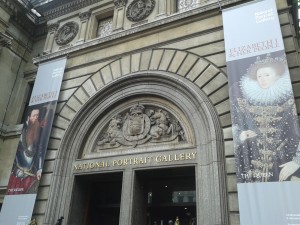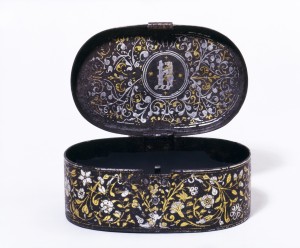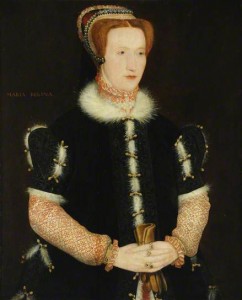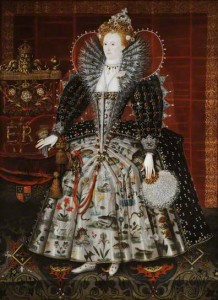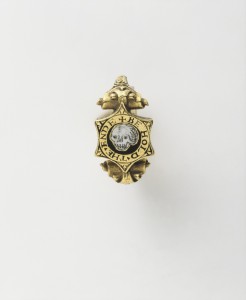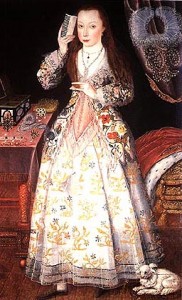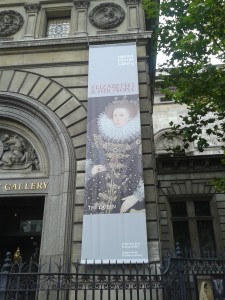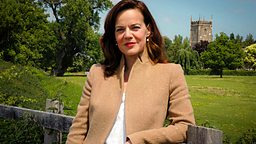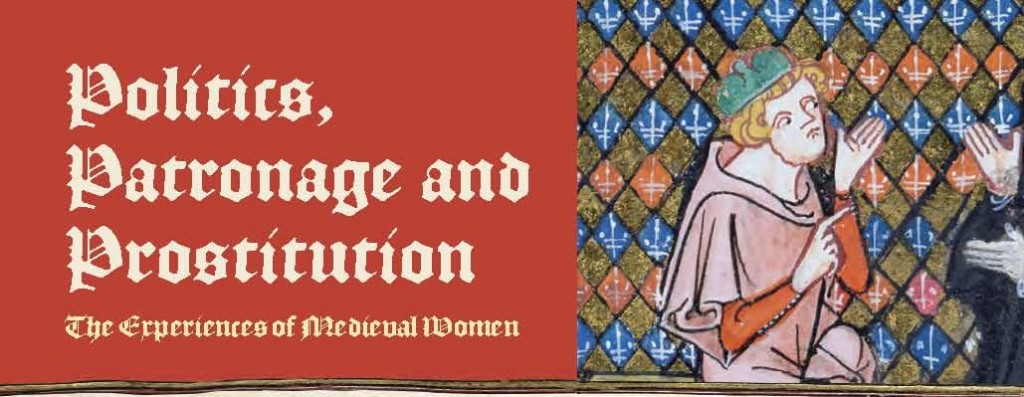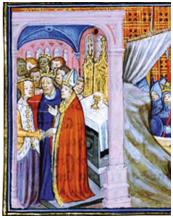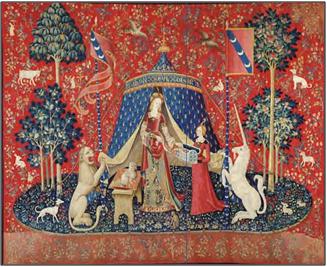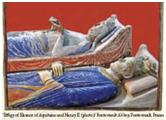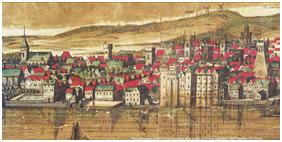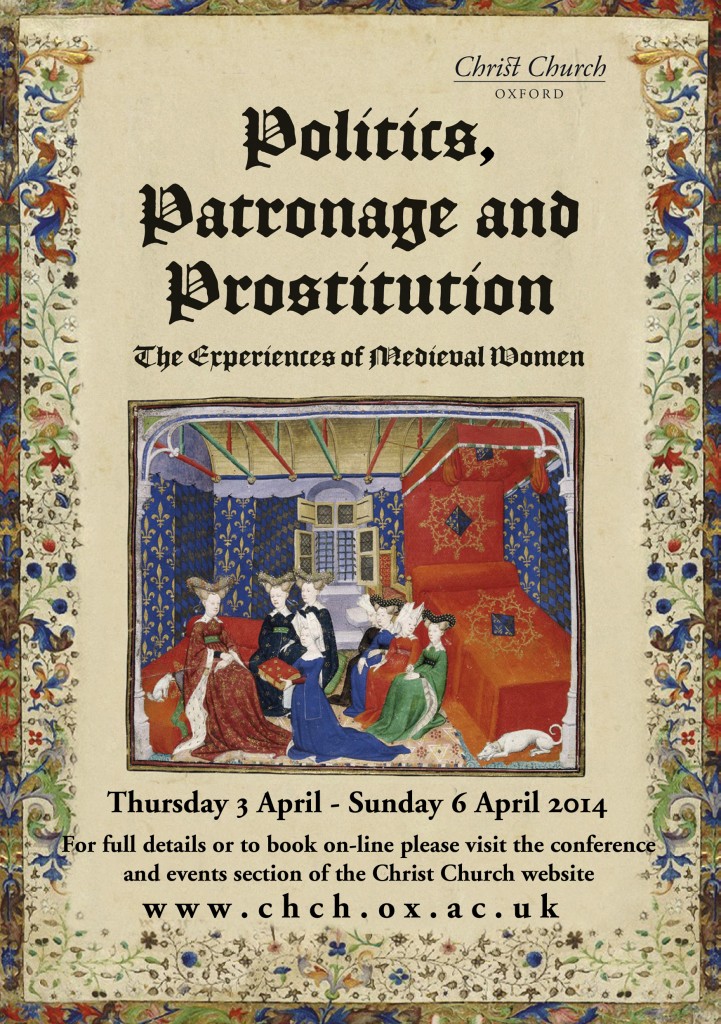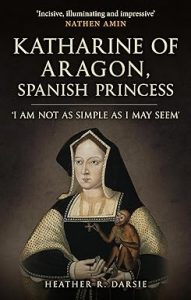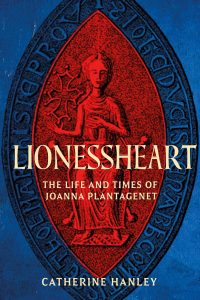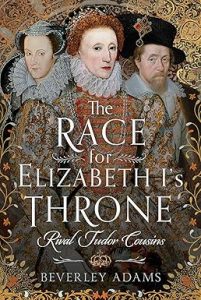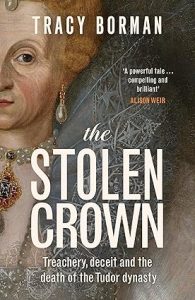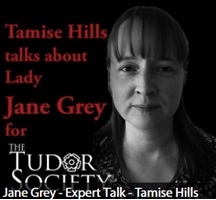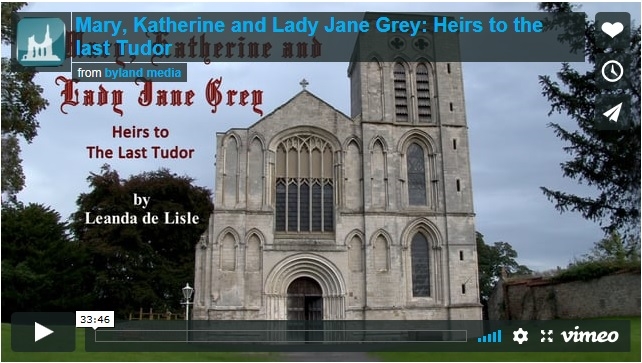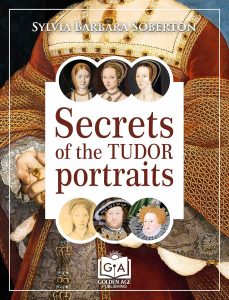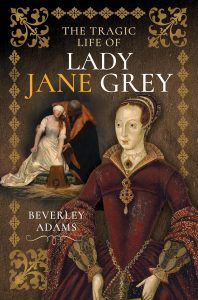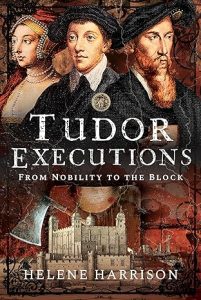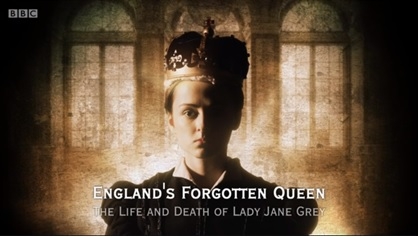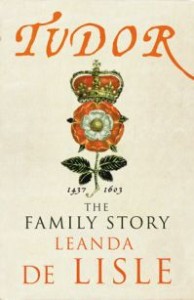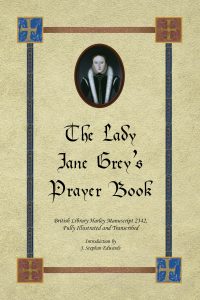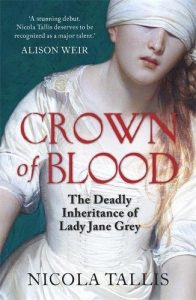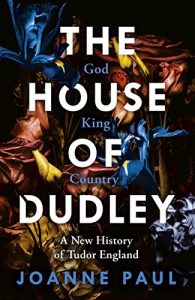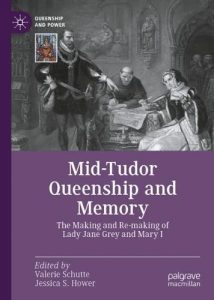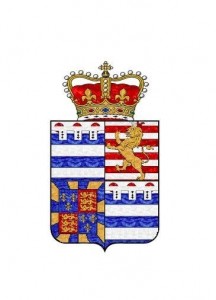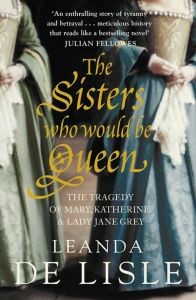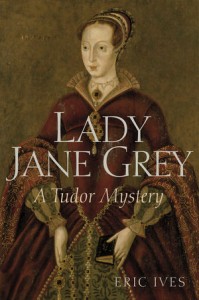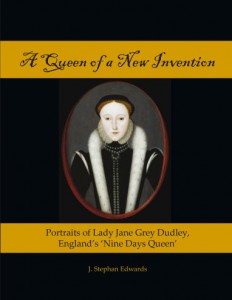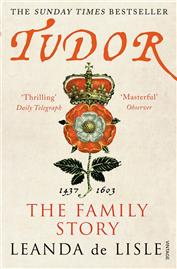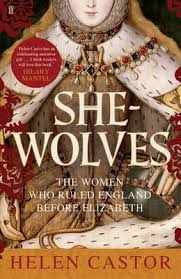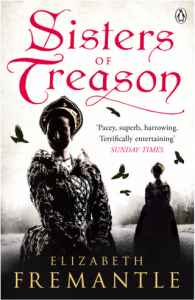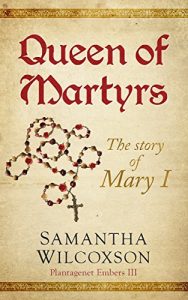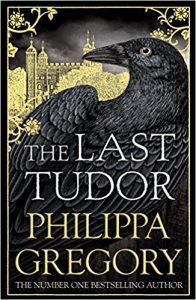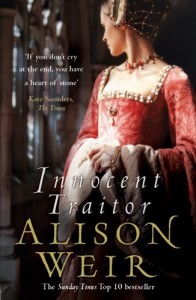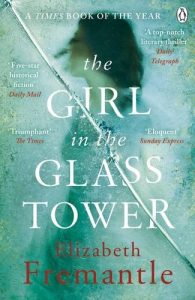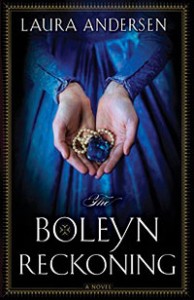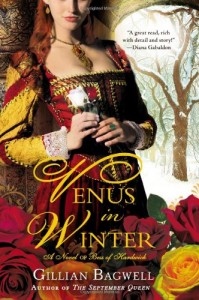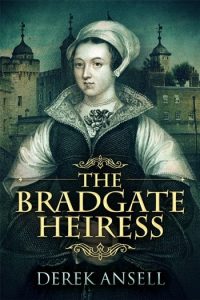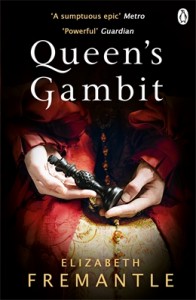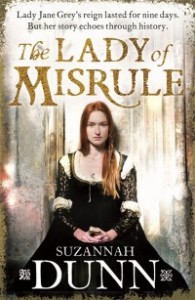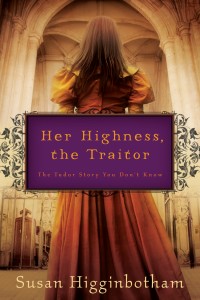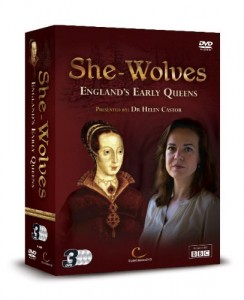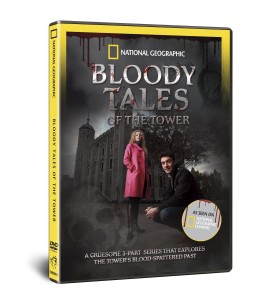The ‘Elizabeth I & Her People’ exhibition at the National Portrait Gallery is a must see. Not only are there wonderful portraits on display but there also some very interesting objects as well.
‘This exhibition explores the story of the Elizabethans from the Queen, the nobility and gentry to many other talented individuals such as explorers, soldiers, merchants, artists and writers.’ (NPG website)
‘The exhibition includes many outstanding paintings of Elizabeth I and her courtiers including explorers and soldiers, and enchanting portraits of her female attendants. Visitors will also come face-to-face with lesser-known Elizabethans including butchers, goldsmiths, brewers, merchants, writes and artists. These will be shown alongside artefacts from the period including exquisite jewellery, books and coins, which give a fascinating glimpse into their way of life.’ (NPG leaflet)
My favourite item was the sweet box that either belonged to or was made for Robert Dudley to give away.
Sweet box either belonging to or given by Robert Dudley
Decorative sweet box
Iron, damascened with gold & silver
1579
You can read more about ‘The Dudley Box’ at the V&A website.
Other highlights included:
Elizabeth I: The Ermine Portrait
Nicholas Hilliard
1585
Two portraits on loan from Hardwick Hall.
Bess of Hardwick
Follower of Hans Eworth
1560
Hardwick Hall portrait of Queen Elizabeth
Unknown artist
1598-9
Memento mori ring (death’s head ring)
1550-1600
Gold, enamel
Inscribed at front of bezel + BE HOLD THE ENDE
Around the edge of bezel RATHER DEATH THAN FAILS FAYTH
According to Leanda de Lisle, Katherine (Jane’s sister), wore this type of ring.
In ‘The Sisters Who Would Be Queen’ de Lisle writes that as Katherine Seymour lay dying, she asked Sir Owen Hopton to ‘deliver a few tokens to her husband.’ Amongst these tokens was a ‘ring mounted with a death’s head. Such rings, known as a memento mori, were intended as a reminder to the wearer of their mortality. ‘This shall be the last token unto my Lord that I shall ever send him. It is a picture of myself’, she said.’ (p.269-270, de Lisle)
You can read more about the ring at the V&A website.
A Fete at Bermondsey
Joris Hoefnagel
1568-70
This painting has a view of the Tower of London in the background and you can buy a copy at the exhibition gift shop.
Elizabeth Vernon (Countess of Southampton)
c1600
Unknown artist
In the background of this portrait on the table are dress pins. You can see the real thing in a display case near by.
William Cecil’s tankard
c1575
Silver-gilt, enamel & glass
Embroidered panel with the Hardwick crest (a stag) with the initials ES
1559-64/5
John Day
Unknown artist
1562
Woodcut
De Lisle describes how Jane’s letters (to Thomas Harding and her sister, Katherine) and ‘a description of Jane’s conversation in the Tower with Feckenham’ had been sent ‘to an evangelical printer in Lincolnshire called John Day’ and that ‘Day’s press was hidden on the estate of…Sir William Cecil.’ (p.159, de Lisle)
Professor Eric Ives writes that, ‘In 1554 there appeared ‘An Epistle of the Ladye Jane, a righte virtuous woman to a learned man of late falne from the truth’, conjecturally from the press of John Day, a prolific Protestant printer who in October 1554 was arrested on suspicion of publishing material hostile to the Marian regime.’ (p.21, Ives)
What makes this exhibition come alive are the objects on display. You half expect Elizabeth and Robert Dudley to come down from their paintings and for him to offer her a sweet, for Cecil to climb off his mule and drink from his tankard, Bess of Hardwick to take up her embroidery and for Elizabeth Vernon take the pins from the display case and finish dressing.
* All italic item text is (c) National Portrait Gallery.
The exhibition runs until 5 January 2014.
You can buy tickets from the National Portrait Gallery website:
National Portrait Gallery – Tickets
Sources
Elizabeth I & Her People – National Portrait Gallery
Elizabeth I & Her People Leaflet – National Portrait Gallery
Ives, E. (2009) Lady Jane Grey: A Tudor Mystery, Wiley-Blackwell.
De Lisle, L. (2010) The Sisters Who Would Be Queen: The Tragedy of Mary, Katherine and Lady Jane Grey, HarperPress.

